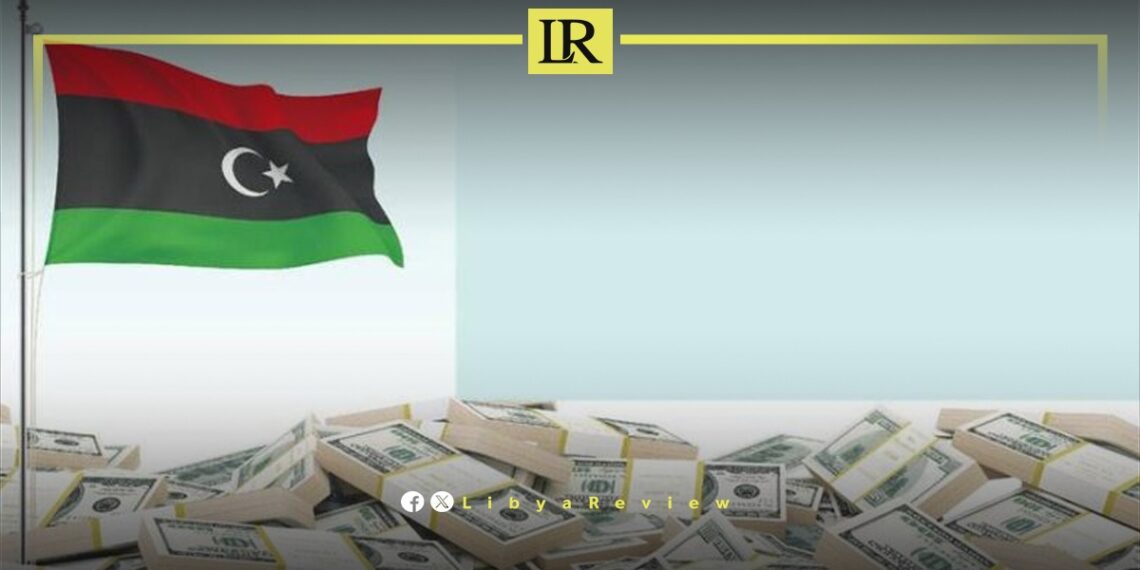13 years after the fall of Muammar Gaddafi, Libya continues to grapple with the challenge of reclaiming its frozen assets abroad. Since the 2011 revolution, successive Libyan governments have struggled to address this issue, with little progress made.
In March 2011, the United Nations Security Council issued Resolution 1973, imposing sanctions on Gaddafi’s regime following accusations of suppressing the February uprising. This resolution led to the freezing of all financial assets and economic resources owned directly or indirectly by the previous regime abroad.
According to official statistics, Libya’s frozen assets, including bonds and financial instruments held in banks worldwide, amount to approximately $200 billion. Europe holds 37% of these funds, North America 33%, Africa 23%, the Middle East 6%, and South America 1%.
Among these frozen assets are investments belonging to the Libyan Investment Authority (LIA), formerly known as the Libyan Investment Fund. Established in 2006 to manage and invest Libya’s oil revenue surpluses, the LIA invested over $100 billion during Gaddafi’s era in various sectors, including agriculture, real estate, finance, and oil and gas, generating billions of dollars in returns.
Notable Libyan investments abroad include stakes in companies such as Italy’s Fiat, Italy’s energy giant Eni, Germany’s chemical company Bayer, Italy’s UniCredit Bank, the Royal Bank of Scotland, Belgium’s Euroclear Bank, and Germany’s Deutsche Bank.
Over the past years, Libya’s frozen funds have been a target for some countries seeking to benefit from them, with attempts to access these assets both legally and illegally. However, all such attempts have failed. Additionally, some countries have not complied with the UN Security Council resolution requiring the addition of interest earned on the Libyan funds to the principal amount, resulting in significant financial losses for Libya.
Recently, Ali Mahmoud, the CEO of the Libyan Investment Authority, told Reuters that the LIA expects the United Nations to approve active management of its $70 billion in assets by the end of this year for the first time in over a decade.
Mahmoud expressed confidence that the UN Security Council will make a historic decision by November or December regarding an investment plan submitted by the LIA in March. “We believe our investment plan will be accepted,” he said.
He explained that the first part of the four-part plan is straightforward, focusing on reinvesting funds accumulated over the years due to asset freezes, such as bond payments. Mahmoud also noted that the LIA intends to seek approval for two additional investment plans this year, one involving an equity portfolio and the other concerning a local investment strategy.
Since the 2011 revolution, Libya has been in a state of turmoil and fragmentation. The revolution, which aimed to oust long-time leader Muammar Gaddafi, resulted in the emergence of multiple power centers, including rival governments in the east and west, each backed by different militias and international actors. This division has made it challenging to establish a unified government and effective state institutions.
The prolonged conflict and political division have hampered efforts to implement anti-corruption measures and establish accountability mechanisms. The lack of a stable government has allowed corruption to flourish, with public officials and private entities engaging in bribery, embezzlement, and other corrupt practices with impunity.
The frozen funds, initially intended to safeguard Libya’s wealth and ensure it would not be used to fuel conflict, have instead become a point of contention. The funds include substantial investments made by the Gaddafi regime, which were meant to support Libya’s economic development.


